Indoor plants bring life, freshness, and natural beauty into our homes. They purify the air, boost mood, and add a calming aesthetic to every space. However, just like outdoor plants, houseplants are not immune to diseases. From yellowing leaves to moldy soil and drooping stems, these symptoms often signal an underlying problem that, if ignored, can spread quickly and destroy your beloved plants.
The good news? You don’t need harsh chemicals to keep your plants healthy. Nature itself provides simple, effective, and eco-friendly solutions. In this comprehensive guide, we’ll discuss five of the most common indoor plant diseases and show you how to cure them naturally, so your indoor jungle can thrive year-round.
1. Powdery Mildew (The White Dusty Fungus)
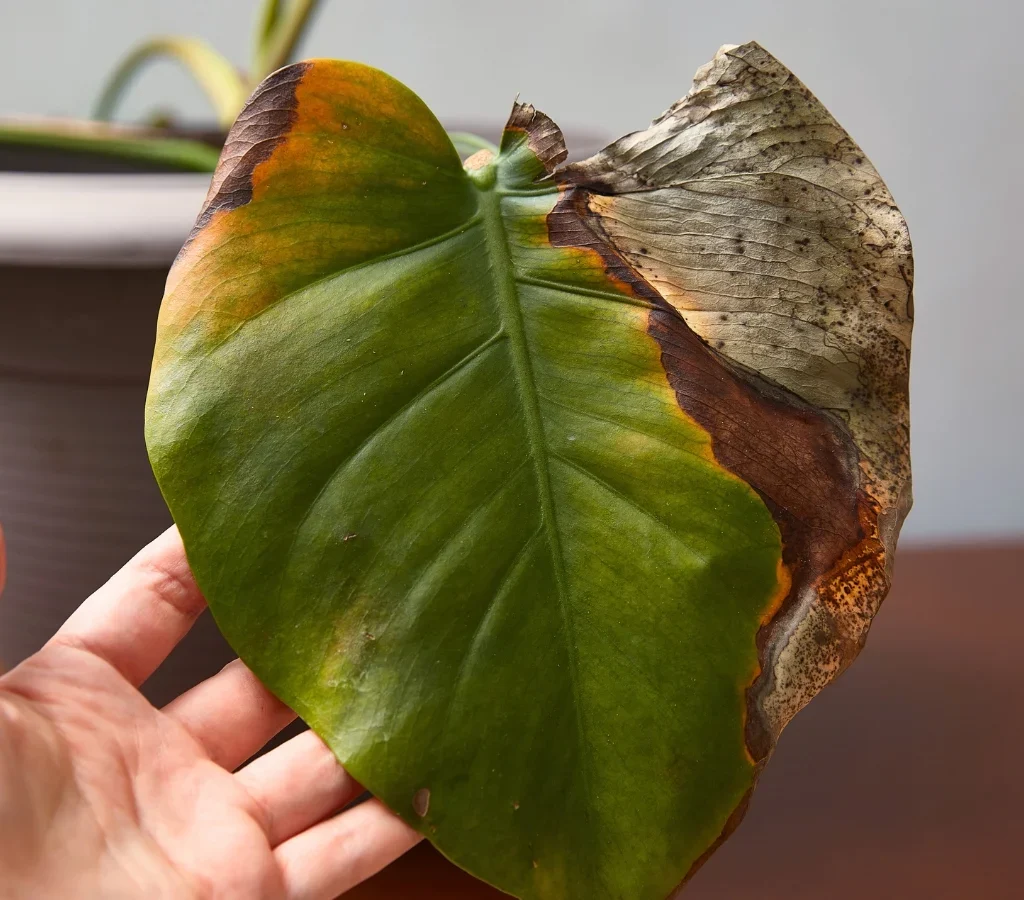
What It Looks Like
Powdery mildew is one of the most common fungal diseases affecting indoor plants. You’ll recognize it by the white, powder-like coating on leaves, stems, or buds. It looks as if your plant has been dusted with flour.
Over time, infected leaves can turn yellow, curl up, and drop prematurely.
Causes
Powdery mildew thrives in warm, humid, and poorly ventilated environments. Overcrowded plants and low light also encourage fungal growth.
Natural Cures
- Neem Oil Spray:
Neem oil is a natural antifungal and insecticidal solution. Mix 1 teaspoon of neem oil with 1 liter of water and a few drops of mild liquid soap. Spray the mixture on all leaf surfaces every 3–4 days until the mildew disappears. - Baking Soda Solution:
Combine 1 tablespoon of baking soda, ½ teaspoon of liquid soap, and 1 liter of water. Spray this on affected areas. The alkaline environment it creates prevents fungal spores from multiplying. - Improve Air Circulation:
Space out plants and avoid clustering them in tight corners. Keep a small fan running or open windows periodically to improve airflow. - Prune and Clean:
Remove infected leaves and discard them—never compost diseased parts. Clean the pot and surrounding area to prevent reinfection.
Prevention Tip:
Water plants at the base instead of from above to avoid excess leaf moisture, which promotes fungal growth.
2. Root Rot (The Silent Killer)
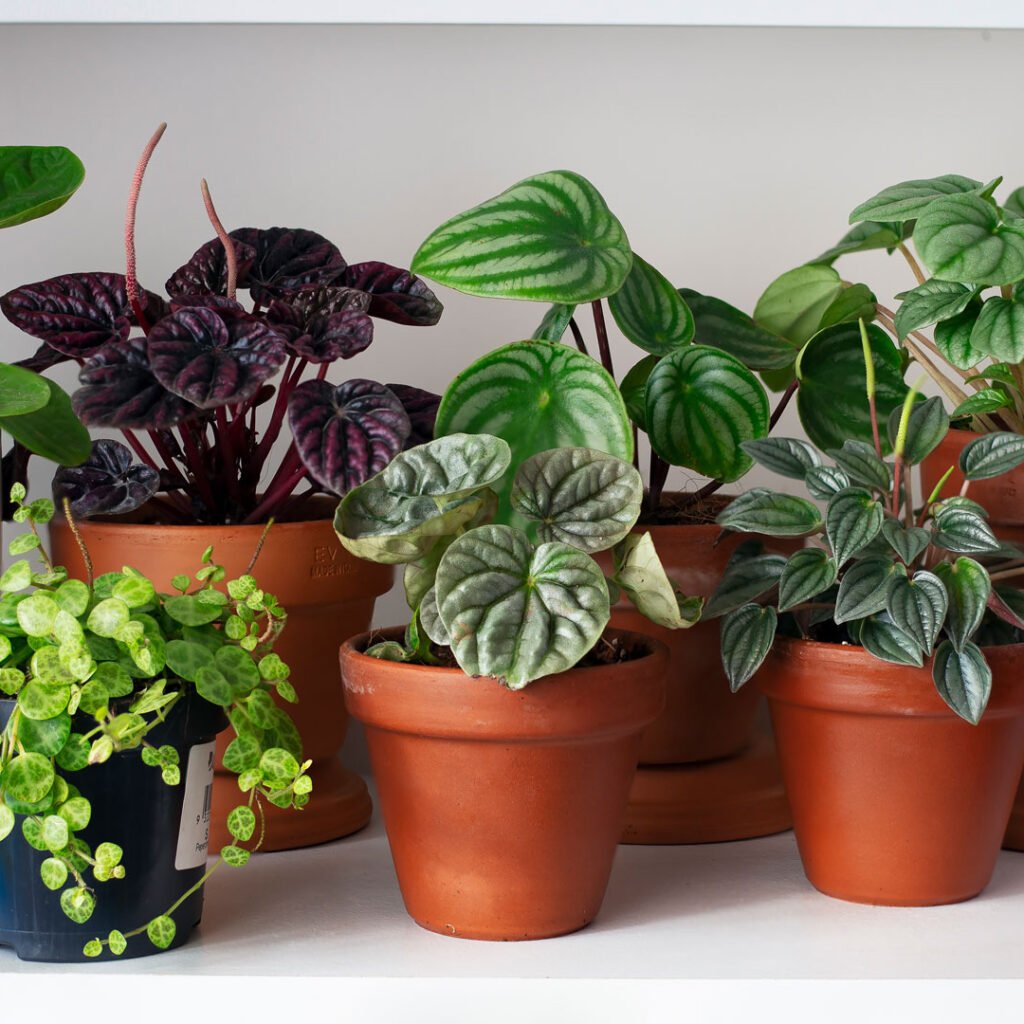
What It Looks Like
Root rot is often invisible until it’s too late. It starts underground but shows warning signs above the soil: wilting leaves, mushy stems, and a foul smell from the pot. When removed from the container, affected roots appear brown or black and slimy instead of firm and white.
Causes
The main culprit is overwatering and poor drainage. Constantly soggy soil suffocates roots, allowing fungi like Pythium or Rhizoctonia to thrive.
Natural Cures
- Repot the Plant:
Gently remove the plant from its pot and rinse the roots under lukewarm water. Trim off all brown, mushy roots with sterilized scissors. Repot in fresh, well-draining soil, preferably mixed with perlite or sand to improve aeration. - Cinnamon Powder:
Sprinkle cinnamon powder on the remaining healthy roots before repotting. Cinnamon is a natural antifungal and helps prevent further infection. - Hydrogen Peroxide Solution:
Mix 1 part hydrogen peroxide (3%) with 2 parts water and pour it gently into the soil. This oxygenates the root zone and kills lingering fungal spores. - Use Terracotta Pots:
If root rot recurs frequently, switch to clay pots. Their porous surface allows excess moisture to evaporate and keeps the soil drier.
Prevention Tip:
Always let the top inch of soil dry before watering again. Ensure that every pot has drainage holes to prevent stagnant water buildup.
3. Leaf Spot Disease (Yellow, Brown, or Black Spots on Leaves)
What It Looks Like
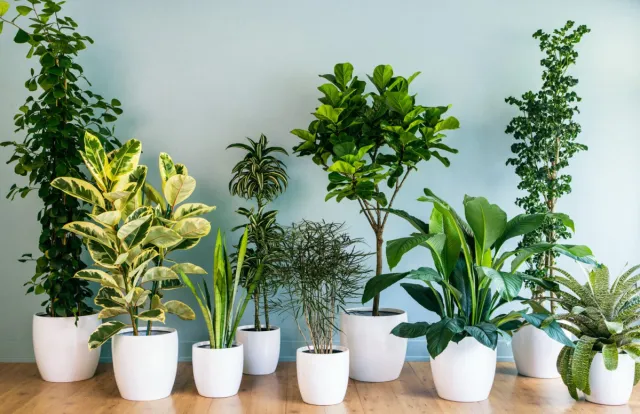
Leaf spot appears as discolored patches or rings on the foliage. The spots can be brown, black, or yellow with defined edges, and sometimes have a wet or greasy texture. Over time, these lesions merge, causing large areas of the leaf to die.
Causes
This disease is usually caused by fungal or bacterial infections triggered by overhead watering, excess humidity, and poor air circulation.
Natural Cures
- Apple Cider Vinegar Spray:
Mix 1 tablespoon of apple cider vinegar with 1 liter of water and spray the affected leaves. Vinegar’s mild acidity inhibits fungal and bacterial growth. - Neem Oil or Garlic Spray:
Both are effective antifungals. For a garlic spray, crush 4–5 cloves of garlic, steep them in 1 liter of water overnight, strain, and apply with a spray bottle. - Remove Affected Leaves:
Immediately cut off and discard all spotted leaves to stop the infection from spreading. - Adjust Watering Habits:
Water at the base of the plant to keep leaves dry. Avoid misting heavily if humidity is already high indoors. - Wipe Leaves Regularly:
Dust and grime can trap moisture and harbor fungal spores. Clean leaves gently with a damp cloth once every few weeks.
Prevention Tip:
Maintain consistent air movement and keep plants spaced apart to minimize leaf contact and moisture buildup.
4. Gray Mold (Botrytis Blight)
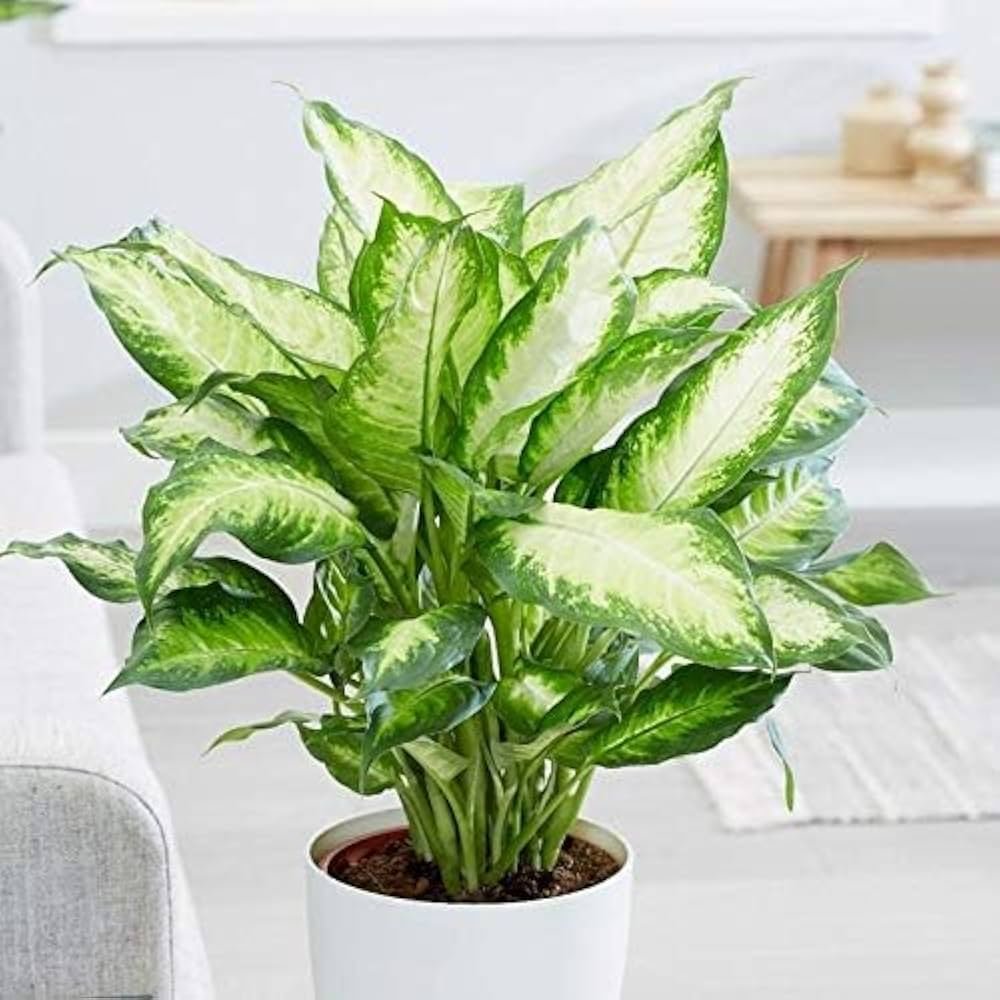
What It Looks Like
Gray mold, or Botrytis cinerea, appears as fuzzy grayish mold on flowers, leaves, and stems. Affected areas often turn brown or black and develop a decaying texture. It spreads rapidly in humid environments, especially during winter when ventilation is poor.
Causes
High humidity, poor airflow, and dead or decaying plant matter create perfect conditions for gray mold to flourish. It often infects wounded or weak plant tissues.
Natural Cures
- Hydrogen Peroxide Mist:
Mix 1 part hydrogen peroxide (3%) with 4 parts water and spray lightly on affected areas. This kills mold without harming the plant. - Remove Infected Parts:
Cut away any moldy stems, leaves, or flowers immediately. Dispose of them outside your home. - Cinnamon or Sulfur Dust:
Dusting the soil surface with cinnamon or elemental sulfur helps inhibit further fungal activity naturally. - Improve Airflow:
Keep your plants in a well-ventilated space. A small oscillating fan can help prevent stagnant air pockets.
Prevention Tip:
Avoid leaving fallen leaves or decaying flowers on the soil surface. Keep humidity moderate (around 50%) and ensure proper spacing between plants.
5. Sooty Mold (Black Sticky Coating on Leaves)
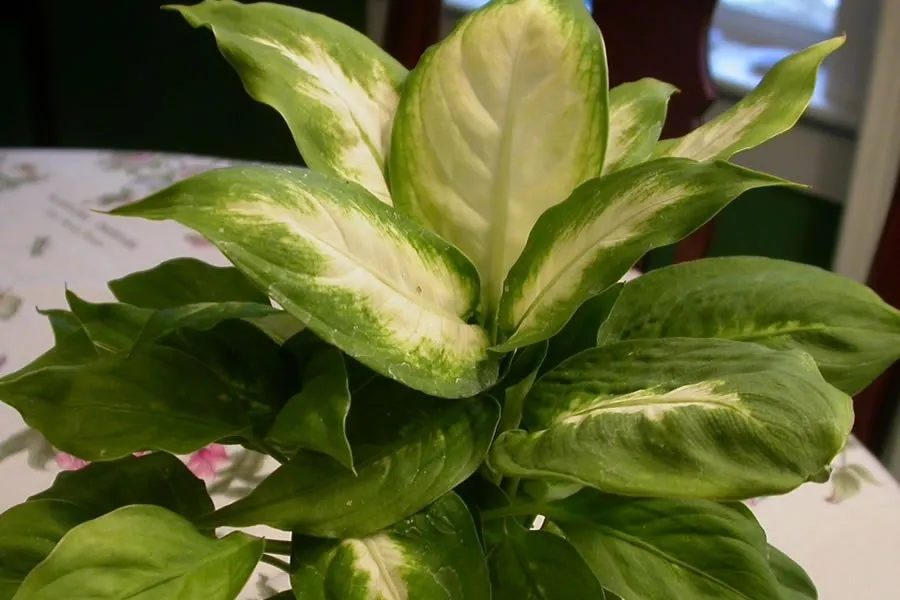
What It Looks Like
Sooty mold is a black, tar-like coating that covers leaves and stems, making them sticky and dull. It doesn’t directly damage plant tissues but blocks sunlight, reducing photosynthesis and weakening the plant.
Causes
Sooty mold develops on the honeydew secretions of pests such as aphids, mealybugs, or whiteflies. The mold grows on this sugary residue, not on the plant itself.
Natural Cures
- Eliminate the Pests:
Spray the plant with a neem oil solution (1 teaspoon neem oil + 1 liter water + few drops of soap). Neem oil kills aphids, mealybugs, and other pests responsible for the sticky residue. - Wipe the Leaves:
Clean the mold off gently with a soft cloth dipped in a mixture of mild soap and water. This restores shine and photosynthesis efficiency. - Use a Garlic or Chili Spray:
These natural insect repellents deter further pest activity. Crush 5 garlic cloves or 2 chilies, steep them overnight in 1 liter of water, strain, and spray weekly. - Introduce Beneficial Insects (if outdoors):
Ladybugs and lacewings feed on honeydew-producing pests and help prevent mold recurrence.
Prevention Tip:
Inspect new plants before bringing them indoors. Keep pest populations under control with regular neem oil or insecticidal soap sprays.
Bonus Tip: Strengthening Plant Immunity Naturally
Healthy plants are less likely to succumb to disease. Here are a few ways to build their natural resistance:
- Use well-draining soil: Prevents excess moisture and fungal buildup.
- Ensure adequate light: Weak, shaded plants are more prone to infections.
- Feed with compost tea or seaweed extract: Boosts plant immunity naturally.
- Rotate plants occasionally: Helps prevent disease hotspots caused by stagnant air.
By keeping your indoor ecosystem balanced and hygienic, you can eliminate most problems before they even start.
Conclusion
Caring for indoor plants means understanding their silent signals and responding with patience and natural remedies. Diseases like powdery mildew, root rot, leaf spot, gray mold, and sooty mold may sound intimidating, but they can be managed effectively with simple, eco-friendly solutions.
By improving airflow, adjusting watering habits, and using natural antifungal sprays like neem oil, baking soda, or vinegar, you can restore your plants’ health without relying on synthetic chemicals. Remember: prevention is always easier than cure.
Healthy, vibrant plants are not just a sign of good gardening—they reflect harmony between nature and your living space. With consistent care and natural cures, your indoor garden will thrive, bringing beauty and balance to your home for years to come.
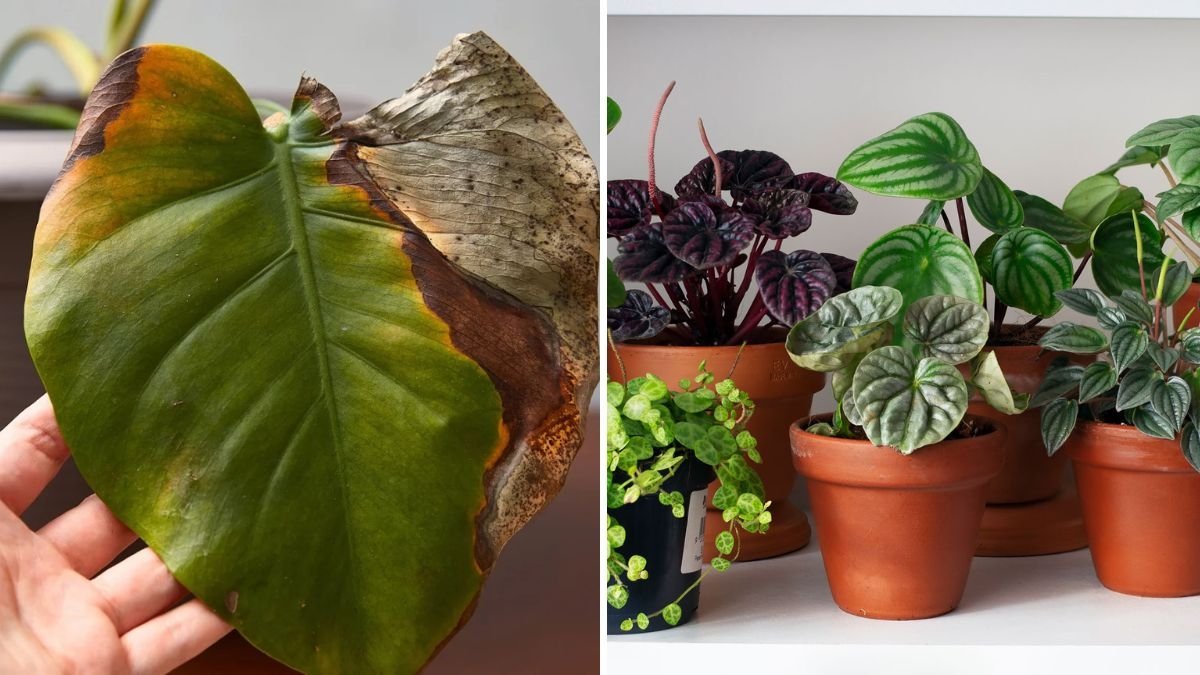




Leave A Comment